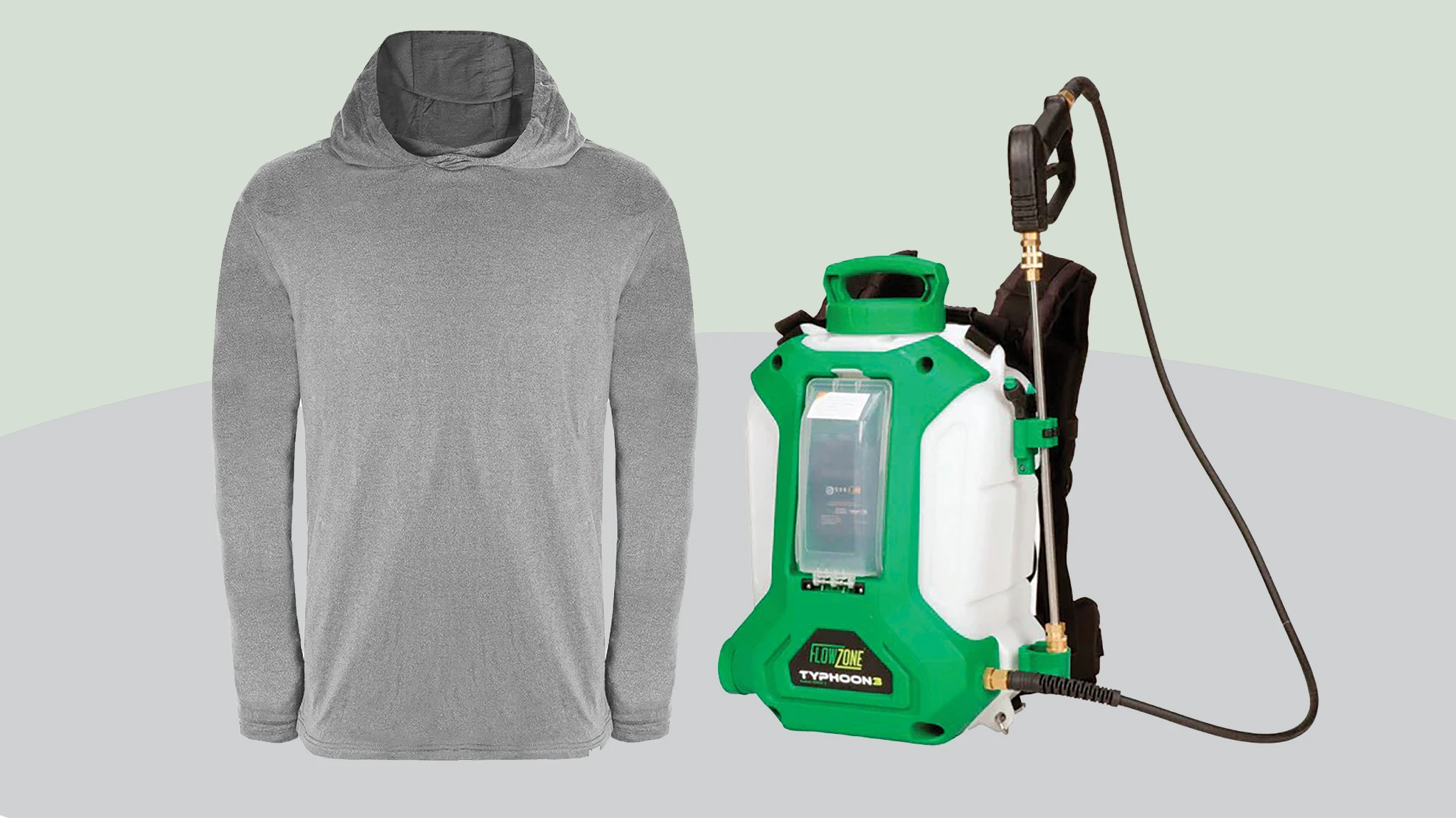If you shut down part or all of your operation during the winter months, you should follow some simple guidelines for winding your heater down. Chad Fletcher, director of aftermarket parts and sales for Hurst Boiler, provided both short-term and long-term shut down tips via email.
If you intend to shut your boiler down, he writes, you may simply turn off the power for three days, close the valves and leave the water at the normal operating level. Further preparation is not needed.
Long-term shutdowns (which Fletcher defines as between three and 14 days) or extended periods of non-use (anything longer than 14 days) and things can get a little trickier.
Long-term shutdowns require the grower to turn off the boiler’s power, fill the boiler completely with water and then close all of the valves. If there are other boilers connected to the unit being shut down, Fletcher says, precautions must be taken to ascertain that no bleed-over is taking place that would pressurize the idled boiler.
For extended shutdowns, growers must consider “either a ‘wet layup’ or a ‘dry layup.’”
Fletcher says that a “wet layup” means that a grower must fill a boiler completely with treated water, close all valves on the boiler and carefully monitor the quality of the water at least weekly during the shutdown period. Growers also have to be sure that no leaks have sprung, causing the water level to dip.
“The success of this storage method depends largely upon eliminating any air coming in contact with any of the water side of the unit, while maintain good boiler-quality water inside,” Fletcher writes.
Alternatively, “dry layup” means that all of the water is drained from the boiler, a wash and flush are provided to remove all sludge from the water side of the boiler and the water side of the unit must be completely dried.
“When the unit is completely dry inside, place moisture absorbing material inside on pans, if possible, and seal the water side as tightly as possible from the outside environment,” Fletcher writes. “The absorbing materials must be checked weekly and replaced when they become damp.”
Latest from Greenhouse Management
- The Growth Industry Episode 3: Across the Pond with Neville Stein
- A nation of gardeners: A history of the British horticulture industry
- How Izel Native Plants is solving the native plant conundrum
- Trends: Proven Winners 2025 perennial survey shows strong demand
- Online registration opens for 2025 Farwest Show
- Cashing in with customization
- The Ball Seed Difference
- Lawsuit challenges new H-2 visa rules






